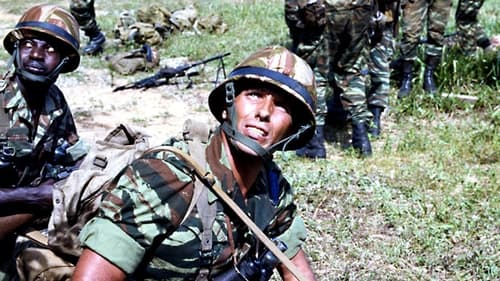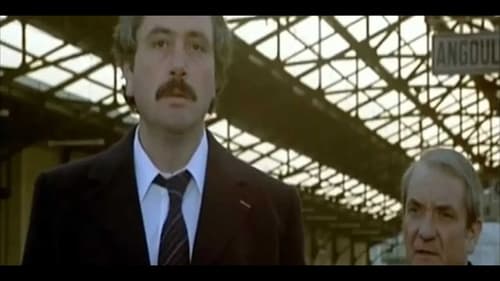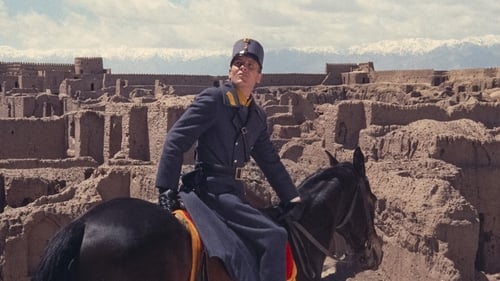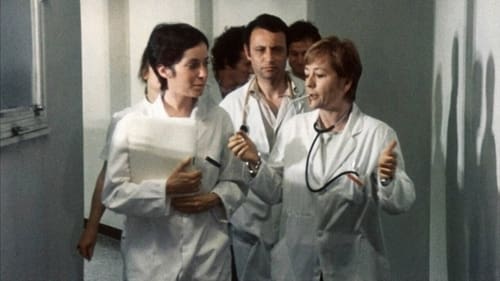
Self
The films, affairs and struggles of the iconic star of The Blue Angel as told by Rosemary Clooney, Roger Corman, Deanna Durbin and many more.

Screenplay
Jacqui, David and Nathalie are persuaded by a barely known little criminal to do a hold-up in a bank. But they're squealed on, just used as diversion while a group of professional criminals gets away with lots of money. The three youths manage to escape with a hostage and hunt down the gangsters -- but are welcomed with bullets.

Writer
Julien is an electronics professional who is down on his luck when he decides to enter an international sailboat race. He is led astray from his original good intentions by a low-life press agent who convinces him it would be well worth his while to win the race by illegal maneuvering. As he sets off, flashbacks tell how he came to be on the sailboat; later he has long monologues -- several of them, and in-between he occasionally battles to stay afloat on an uncooperative sea.

Writer
Scandal in the property business.

Writer
In May 1978, the mining town of Kolwezi in Katanga, Zaire (now Democratic Republic of Congo, the former Belgian Congo) is under attack from a group of communist guerillas coming from nearby Angola. The Europeans who work for the Belgian mining company and the Blacks who live in the town are taken as hostages by the invaders, who start a blood bath, shooting Europeans as well as Africans. Many of the Europeans being French, the French decide to organize a counter-attack, and to send a Regiment of Paratroopers from the Foreign Legion. The movie follows the stories of Delbart, a former non-commissioned officer, who was about to go back to France with his African wife and his child, Damrémont, who was Delbart's replacement, Bia, a Zairian doctor, and Annie, an American married to a Belgian engineer as well as Non com Legion officer Federico and the French Ambassador and the Military Attaché.

Writer
Stephane (Victor Lanoux) is the mayor of a small village. He is also the manager of the tannery which provides the inhabitants with work. In a fit of anger, he kills his wife (Edith Scob). A judge (Jean Carmet) tries to prove his culpability, but it's not an easy task, because there is a political and social pressure.

Writer
Based on a true story. Madame Claude, a well connected Parisienne with dark past, runs a network of high-class call girls. She sends her girls to any place in the world to satisfy sexual desires of wealthy and powerful men. Claude's manipulations also involve big business and politics. Meanwhile, photographer David Evans is trying to clear his own criminal record by providing the authorities with pictures of Claude's girls with important clients in compromising positions. But powerful men can do anything to keep their secrets...

Screenplay
Lieutenant Giovanni Drogo is assigned to the old Bastiani border fortress where he expects an imminent attack by nomadic fearsome Tartars.

Writer
Dr. Françoise Gailland has a hectic schedule, which causes her to have little time to spend with her family, which consists of her husband Gérard, her pregnant teenager daughter Élisabeth, and her sullen son Julien. However, she does manage to find the time to spend with her lover, Daniel Letessier. While her life in such disarray, she learns that she has cancer. Françoise tries to put a brave face on it, and is determined to face the life-threatening disease with courage.

Writer
Somewhere in rural France, a young English female tourist is sexually assaulted by two men in the countryside. After she manages to escape, a party of local hunters agree to track her in order to cover up the scandal.

Writer
Seven small rogues dream of stealing the beautiful jewels which are in Paris for an exhibition.

Executive Producer
"Theatre of Mr. and Mrs. Kabal" is Walerian Borowczyk’s first feature-length film and his last animated film. It consists of a sequence of loosely connected scenes, much like a vaudeville program, in which Mr. and Mrs. Kabal perform absurd, surreal, and sometimes cruel acts.

Director of Photography
A look at Paris in 1928 in black and white and then color sequences filmed in the same places in 1959.










